Now, first things first – it’s pronounced Wuss-tuh-shuh (not war-chester-shire). And secondly I’m cheating because actually Coughton is on the Warwickshire (worrick-shuh, not war-wick-shire) border, but please forgive me because these two wonderful stately homes are only a 15 minute drive from each other and perfect for a combined day out. Easily accessible from Birmingham, or if you’re visiting Stratford-upon-Avon, both places are totally beautiful and rich in English history. Let’s go!
Coughton Court
Let’s start at Coughton. The craziest thing about this house is that the same family have lived in it since 1409 – yup, that’s 600 years of uninterrupted Throckmortons. The current head of the family is Magnus Birch Throckmorton (only in England) and his family now occupy the house under a 300 year lease from the National Trust, meaning even better – we get to snoop around their house too!
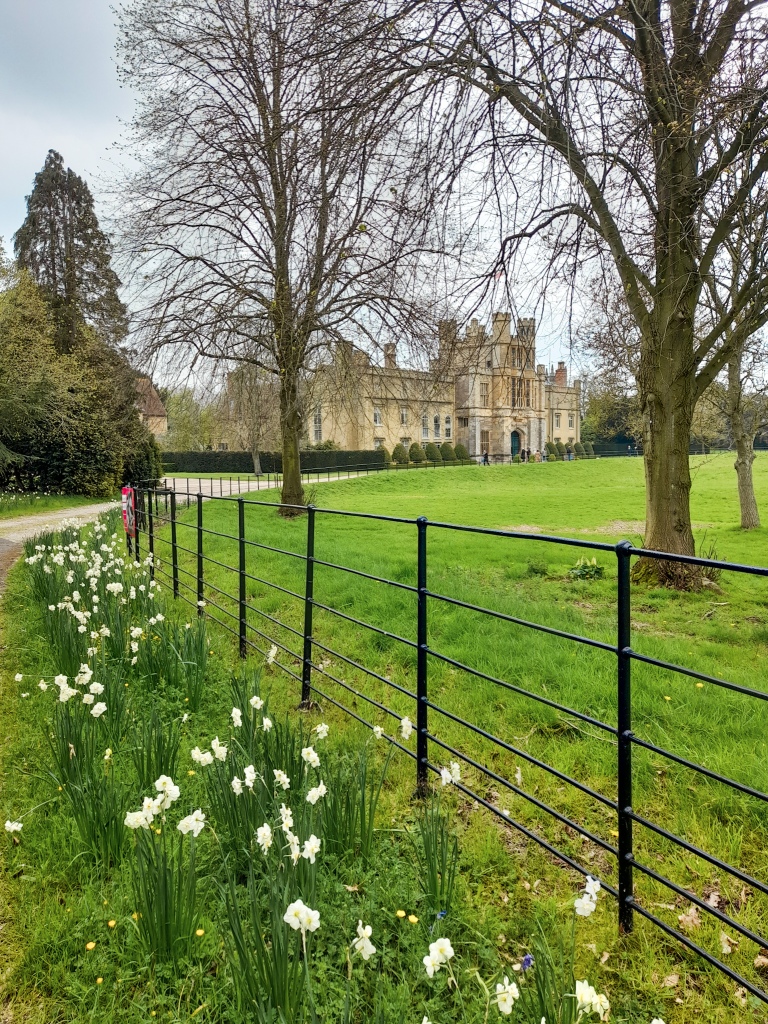

The present building dates to the 15th Century and has since survived in a family who for much of that time were impoverished, persecuted or imprisoned for their adherence to the Catholic faith.
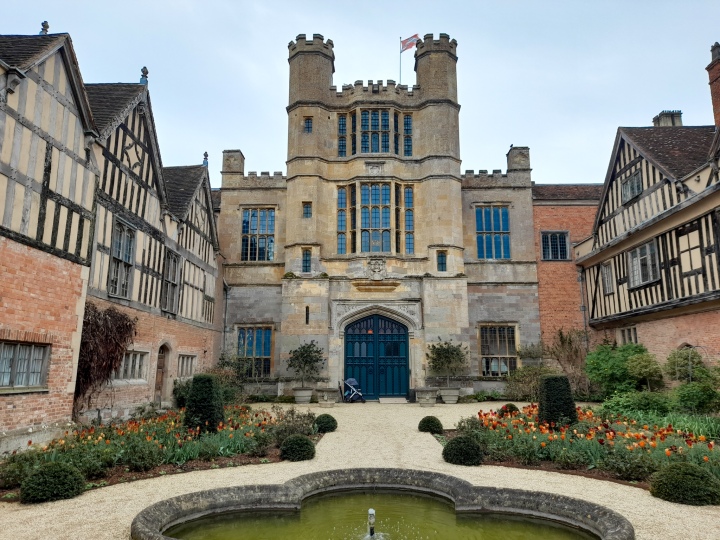
Let’s start there with the historical stories. Coughton is home to a sixteenth-century double layered priest’s hole, used to hide Catholic priests from being captured and (likely) killed during the Reformation. When the hole was discovered in 1910 still inside were a rope ladder, a small tapestry, bedding and a folding leather altar. The double layer meant that if anyone chanced upon the first empty compartment, it was unlikely that they would have found the second compartment below, where the priest would have been hiding.
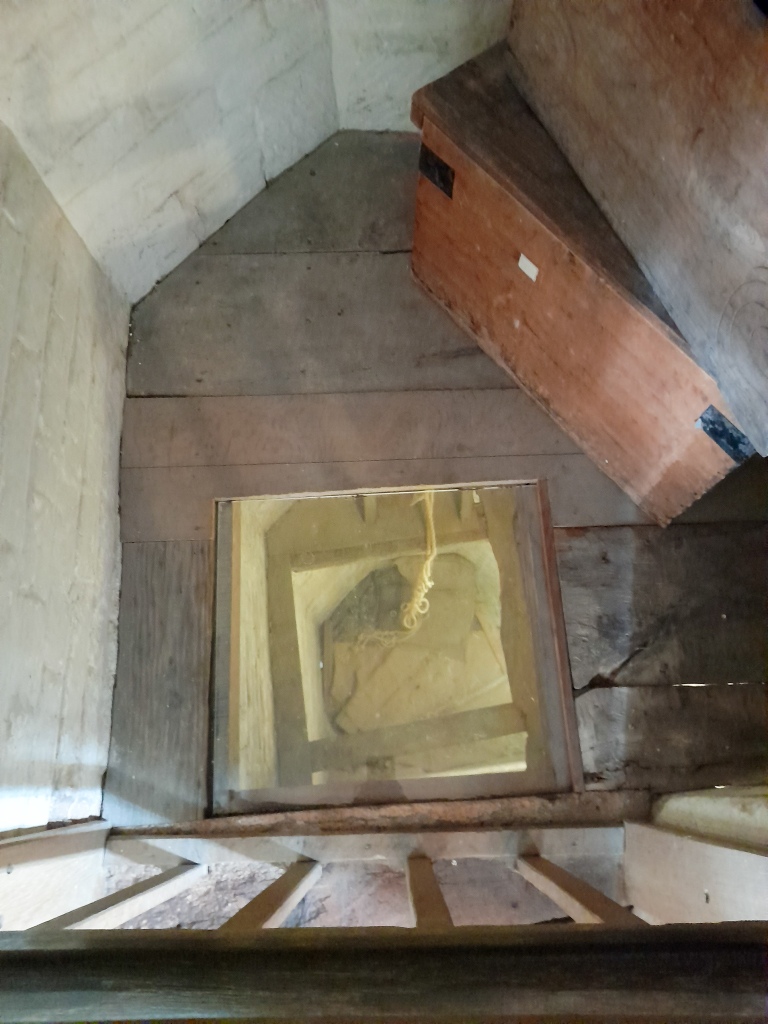

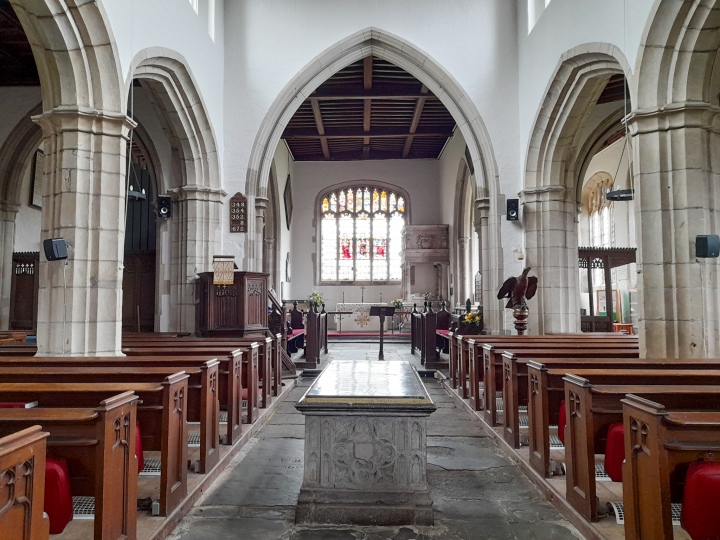
Coughton’s most famous historical link is to the gunpowder plot. This was a plan by a small group of young Catholic extremists to blow up the House of Lords, together with the King and the entire Protestant government – which in turn they hoped would lead to a new regime that sympathised with Catholicism and allowed them to practice. The ring leader of the plot was Robert Catesby, son of Anne Throckmorton of Coughton Court.
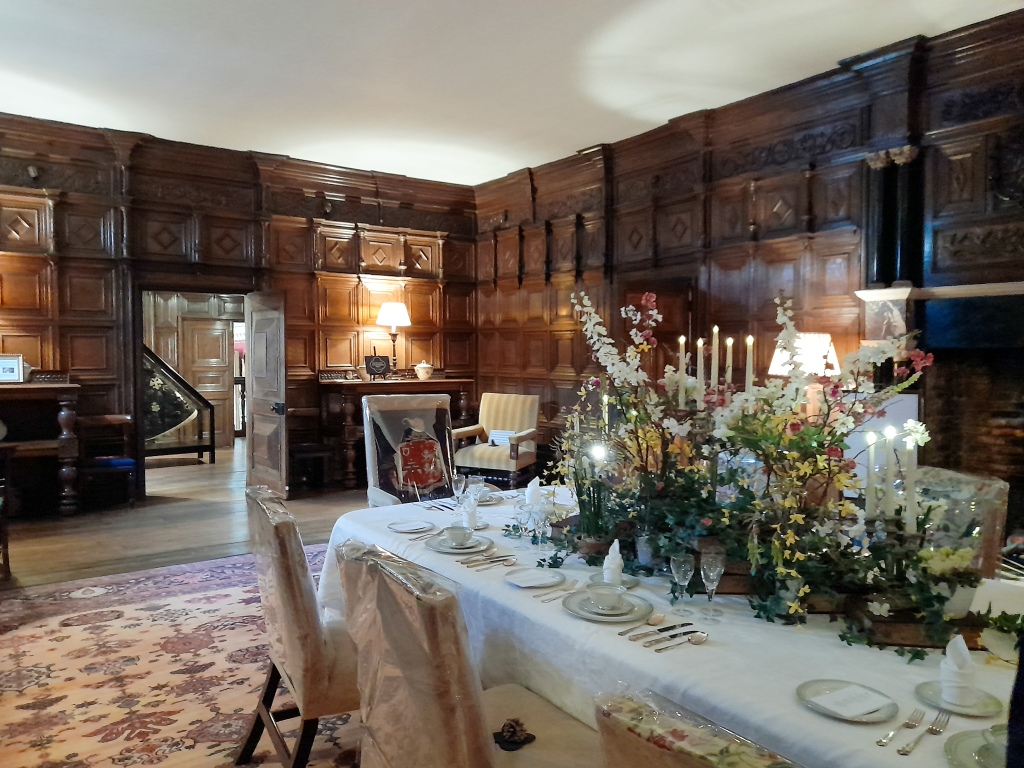
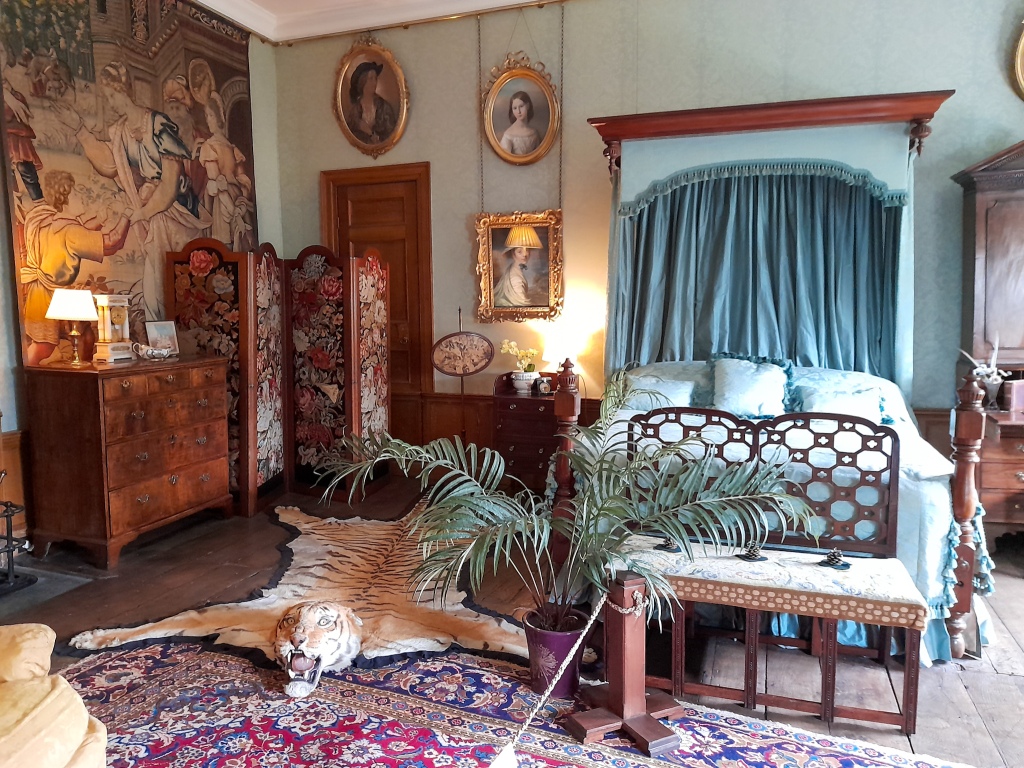
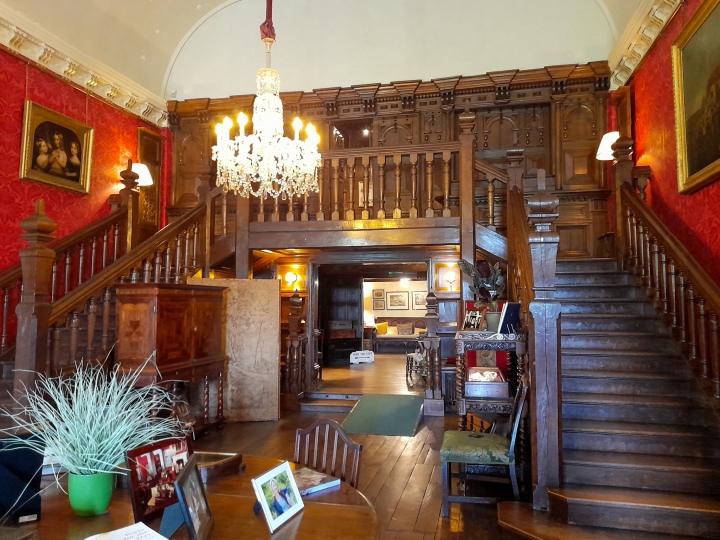
Guy Fawkes was chosen to prepare and ignite the 36 barrels of gunpowder that had been hidden in the cellars underneath the House of Lords. Early in the morning of 5 November the cellars were searched and Guy Fawkes was captured. He was taken away and tortured to reveal the names of the other plotters. Ultimately the plotters were all tried and convicted of treason and subsequently hung, drawn and quartered in 1606. The country celebrated the defeat of the plot with bonfires which we continue to this day as Bonfire Night. (Not sure we should celebrate the brutal murders of a group of young men who just wanted to practice their faith, and I can see why many Catholic countries see it as offensive).
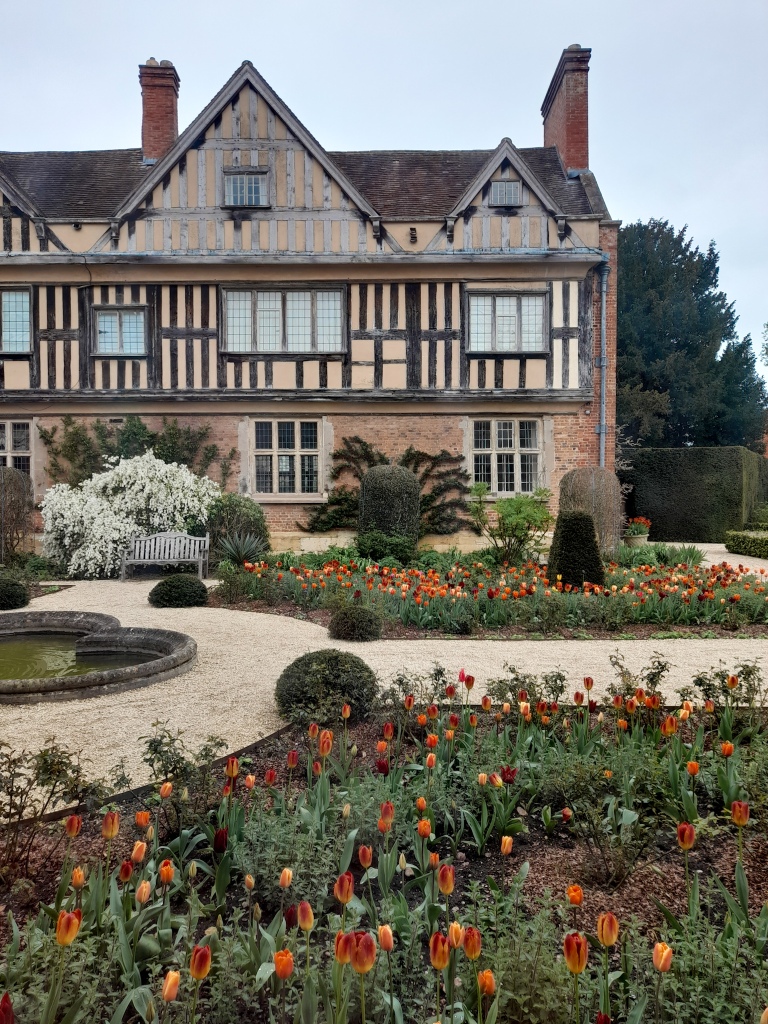

Another famous Coughton resident was Bess Throckmorton, who was Lady-in-Waiting to Queen Elizabeth I. She secretly married Sir Walter Raleigh in 1591, much to the fury of the Queen. They were both sent to the Tower of London. When Raleigh was executed in 1618, Bess was rumoured to carry his embalmed head around with her in a red leather sack. Lurvely.
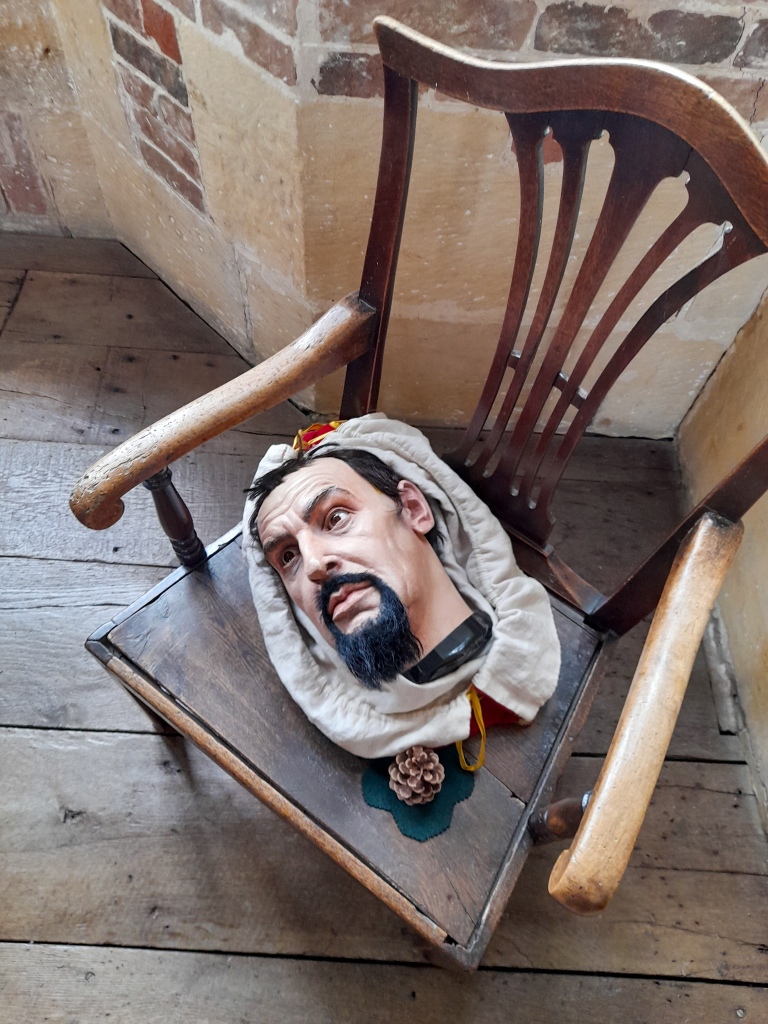
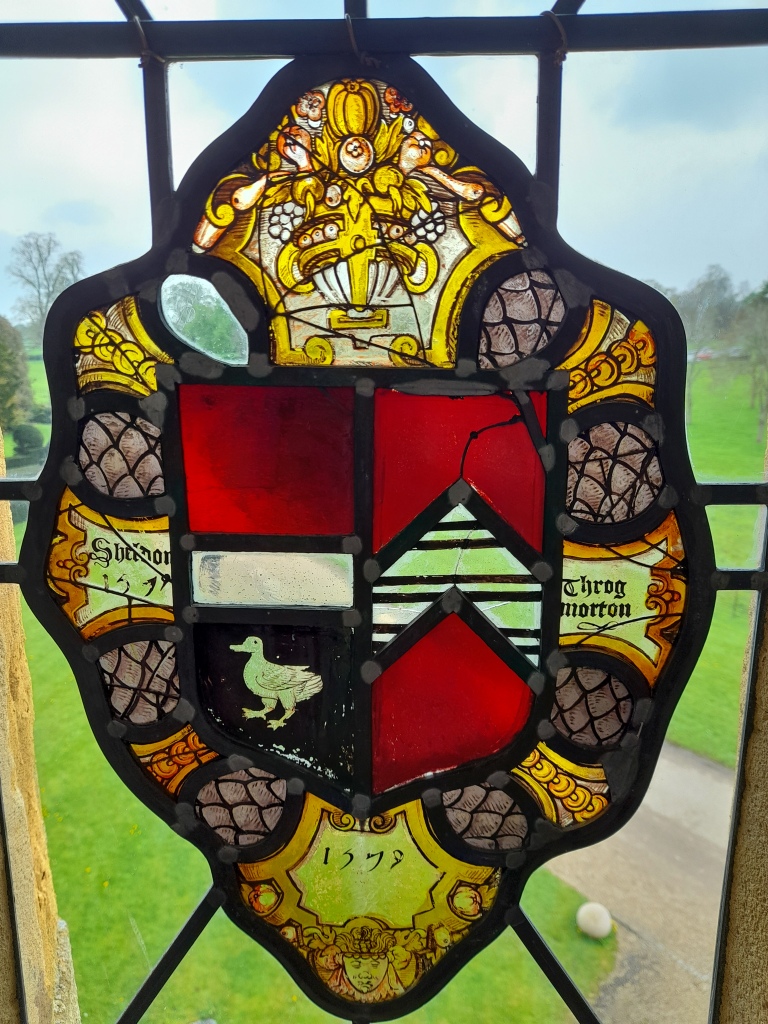
And the final historical fun story is that of Katherine Vaux who married Sir George Throckmorton in the early sixteenth century was the aunt of Katherine Parr, the sixth and final wife of Henry VIII. She had no fewer than 19 children and 112 grandchildren. Poor woman!
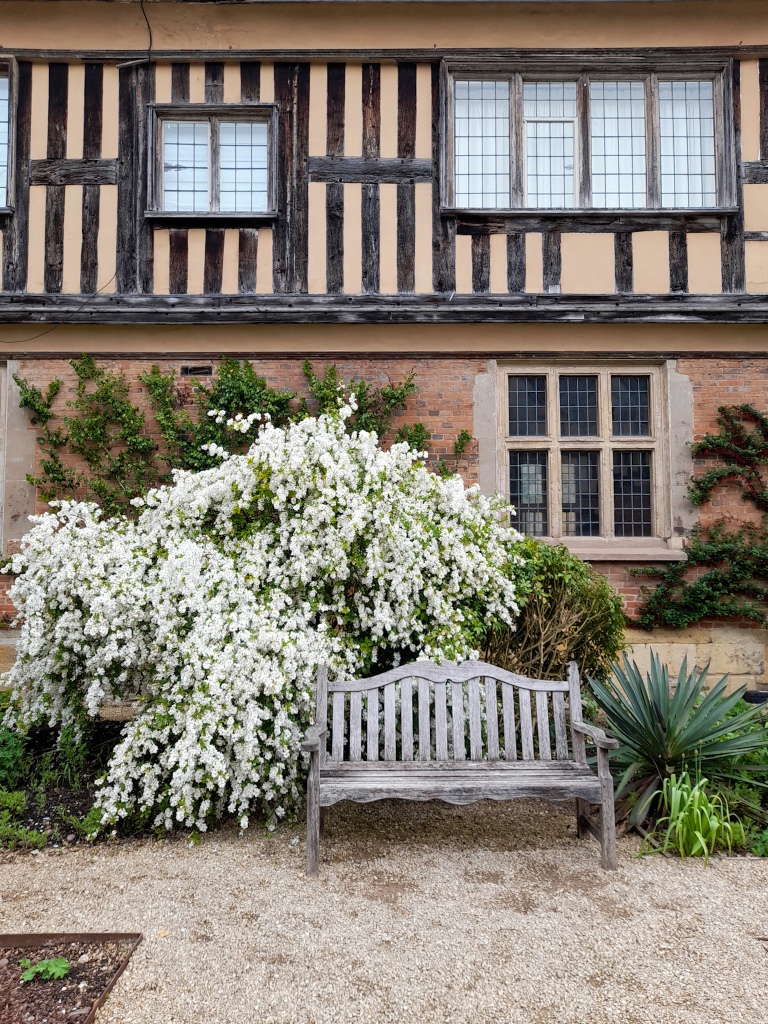
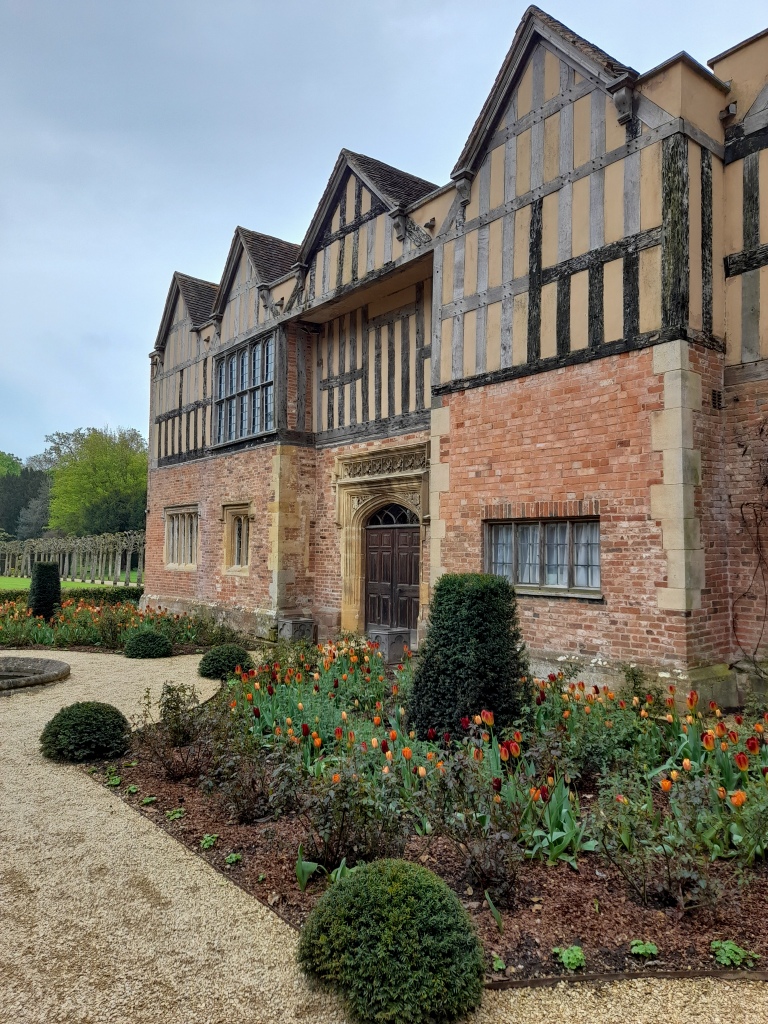
Hanbury Hall
After all that historical excitement, it’s time to head to Hanbury with a stop for lunch along the way at one of the many nearby pubs.
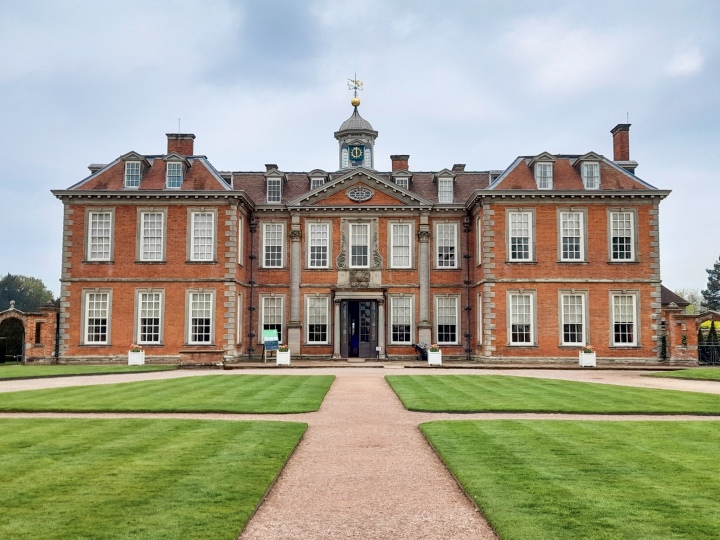
Hanbury was built later than Coughton, in the 1700s. Its original owner was Thomas Vernon, who amassed a fortune as an eminent barrister for 40 years, as well as becoming Whig MP for Worcester in 1715. He married but had no children, so the estate was passed to his cousin, Bowater Vernon (again only in England).
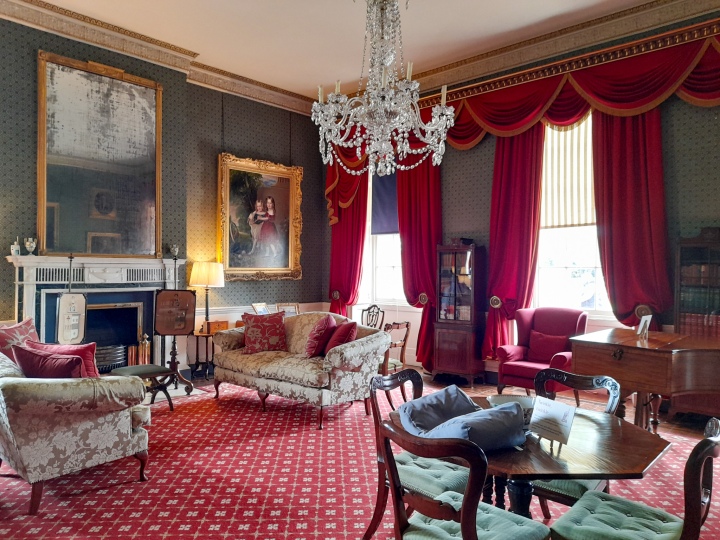
The most famous part of the house, by far, is Thomas’ legacy at the hall – the wall and ceiling paintings that he commissioned Sir James Thornhill to create. These depict the story of Achilles and, having been recently restored, are Hanbury’s crowning glory. Thornhill also painted St Paul’s Cathedral and Greenwich.

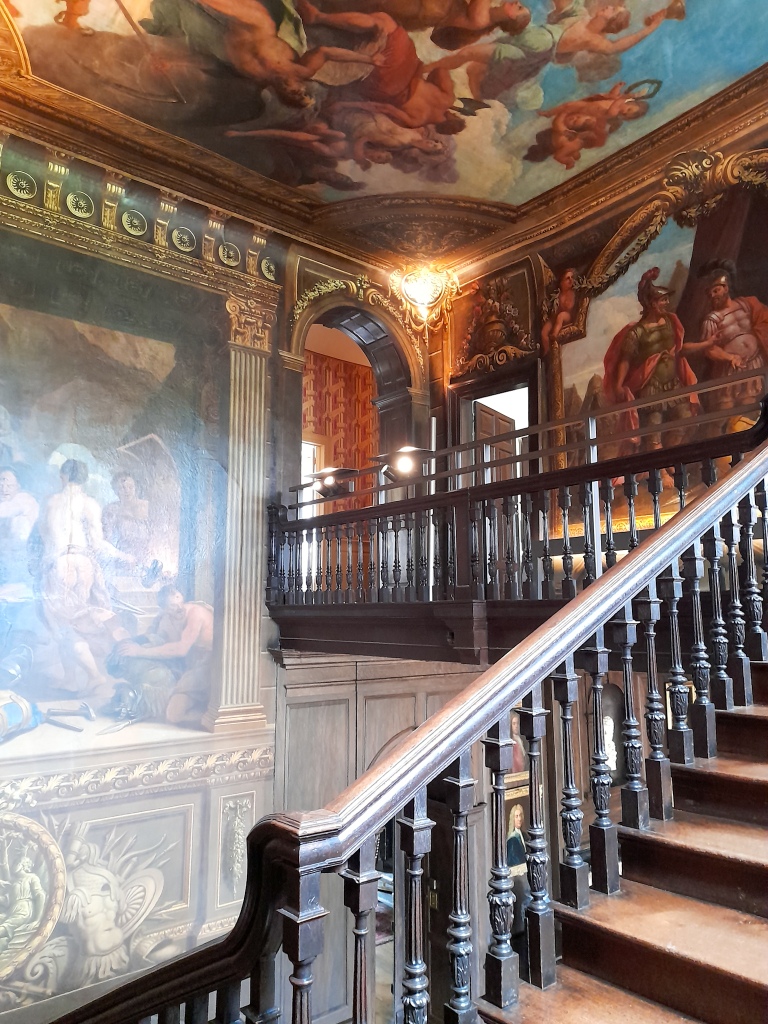
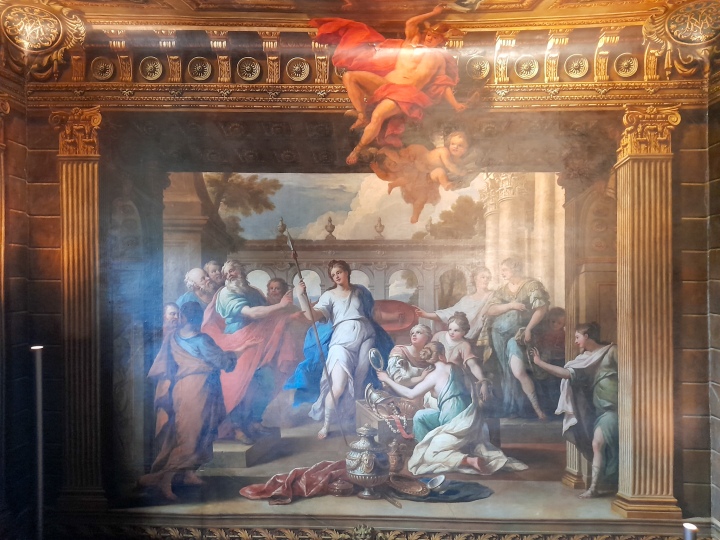
The Vernon’s owned Hanbury until the 1920s and, like the Throckmortons, were a colourful bunch. A young heiress, Emma Vernon inherited Hanbury at the age of 16, but eventually eloped with a local curate (assistant vicar), which her husband Henry Cecil wasn’t happy about. He closed the hall and sold all of the furniture. Henry himself later married again bigamously and moved to his family seat at Burghley House, where his second wife died in child birth.
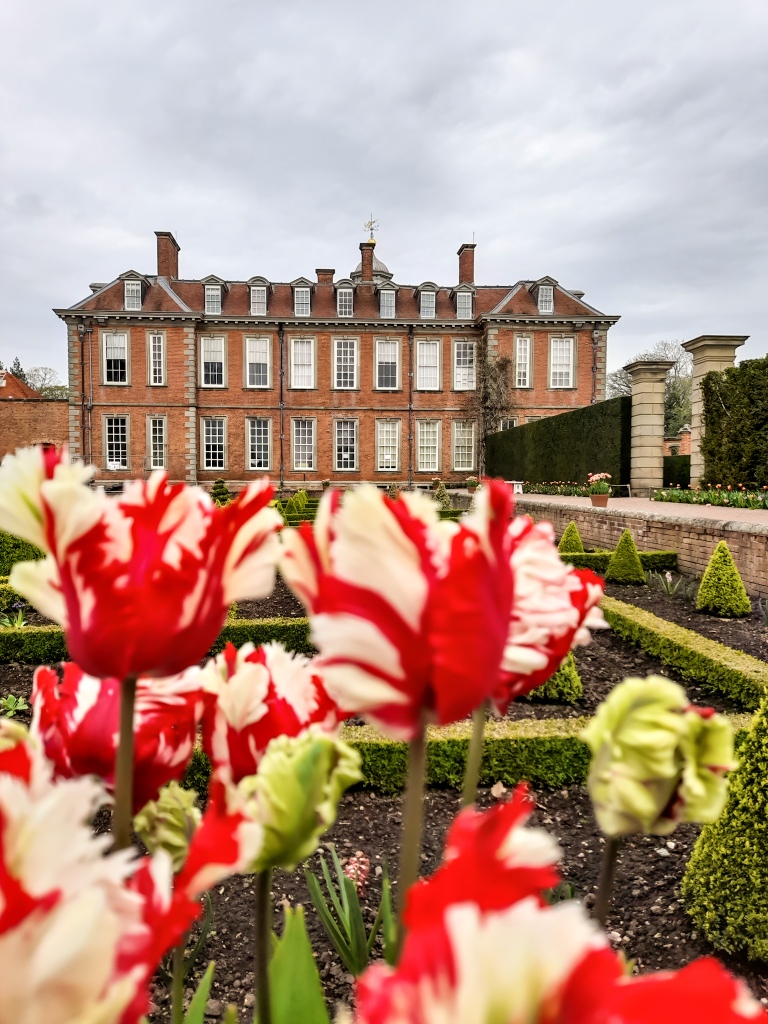
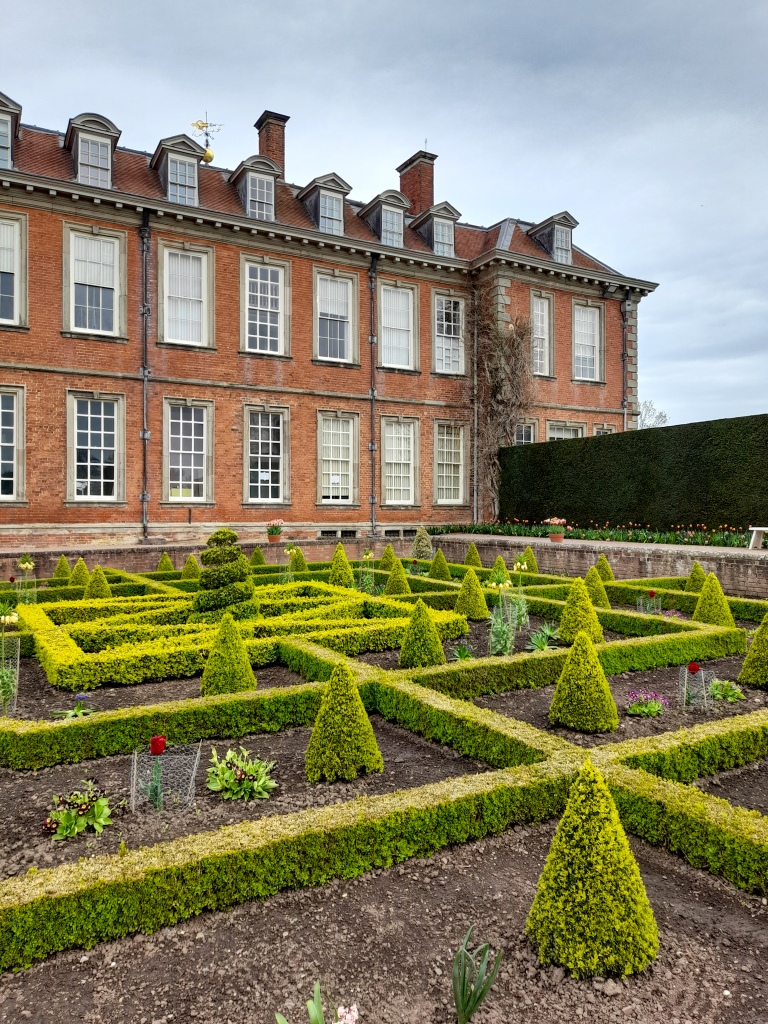
Later, Lady Georgina Vernon and her husband Sir Harry took great interest in the care of other people, opening a site as a convalescent home for soldiers injured in the Boer War in 1900, and both becoming involved in the Red Cross. Lady Georgina was a Vice-President for many years, and at the outbreak of the First World War their home became an auxiliary Red Cross Hospital. I decided I liked her the most of all the characters I’d met during the day.
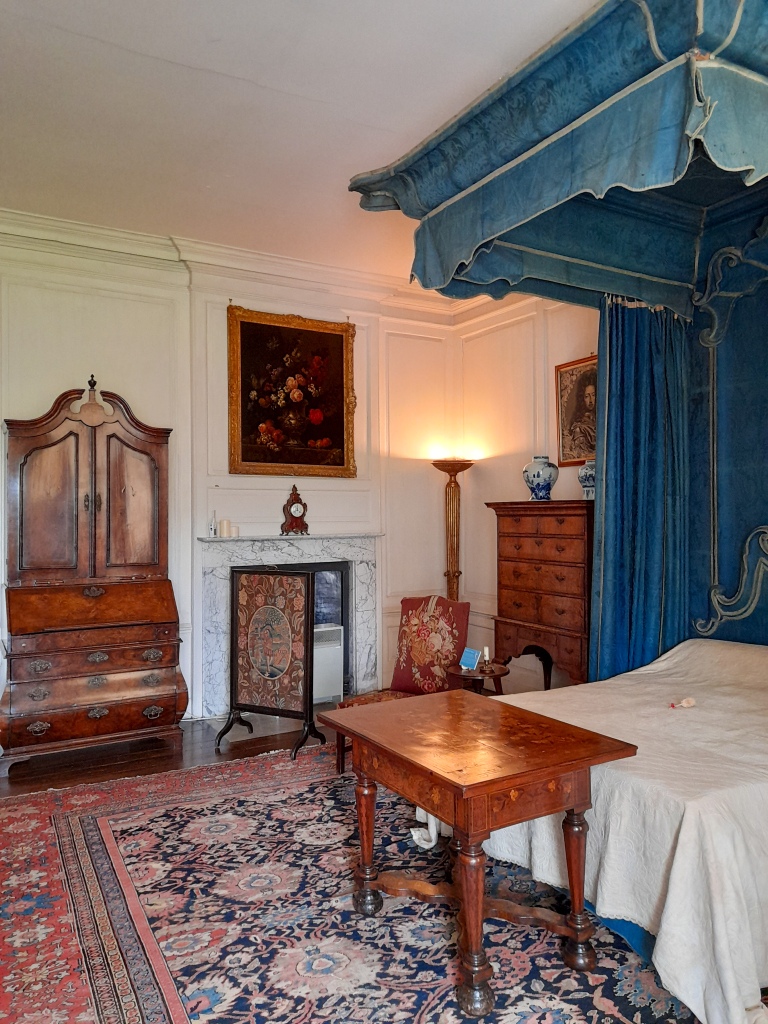
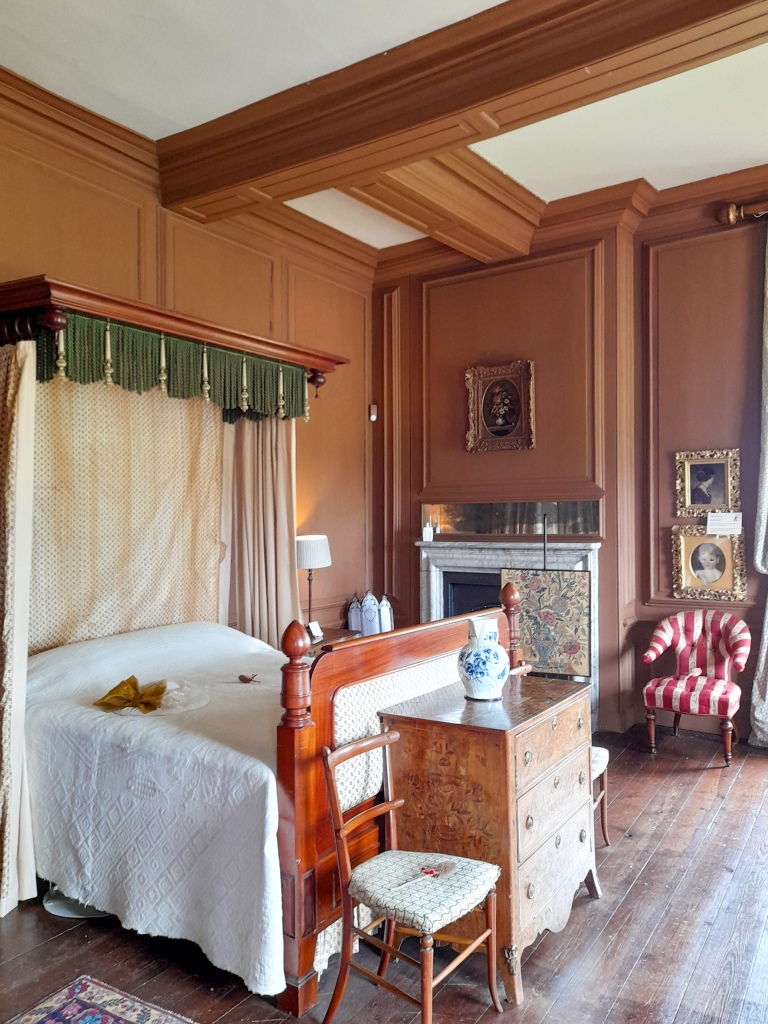
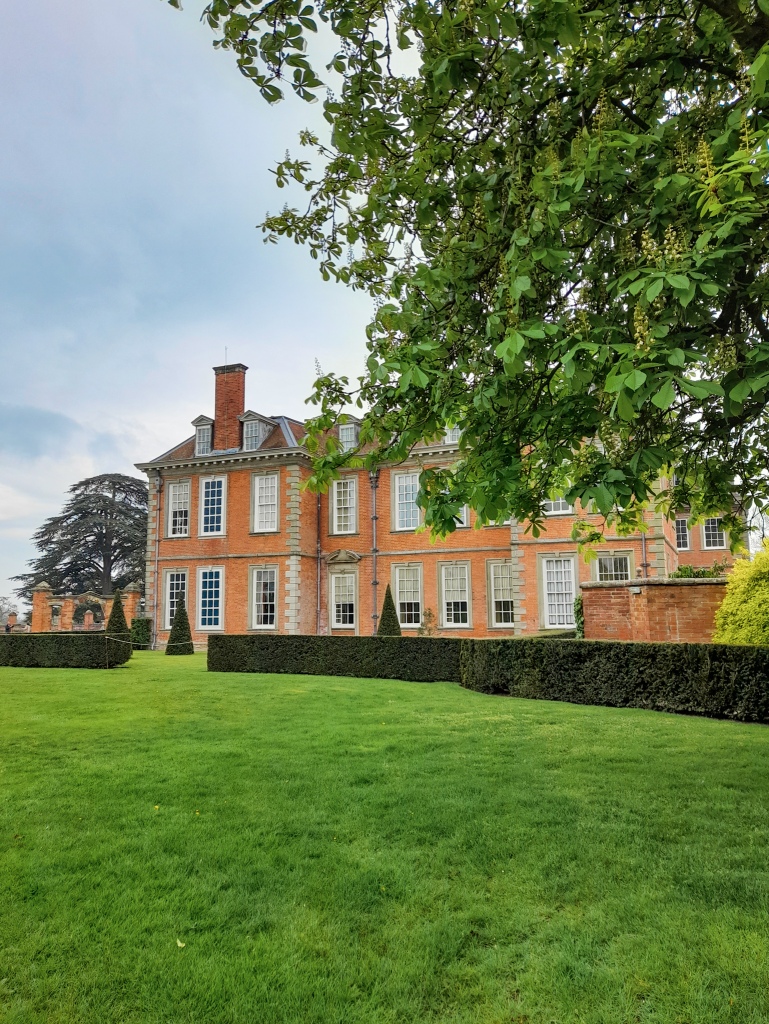
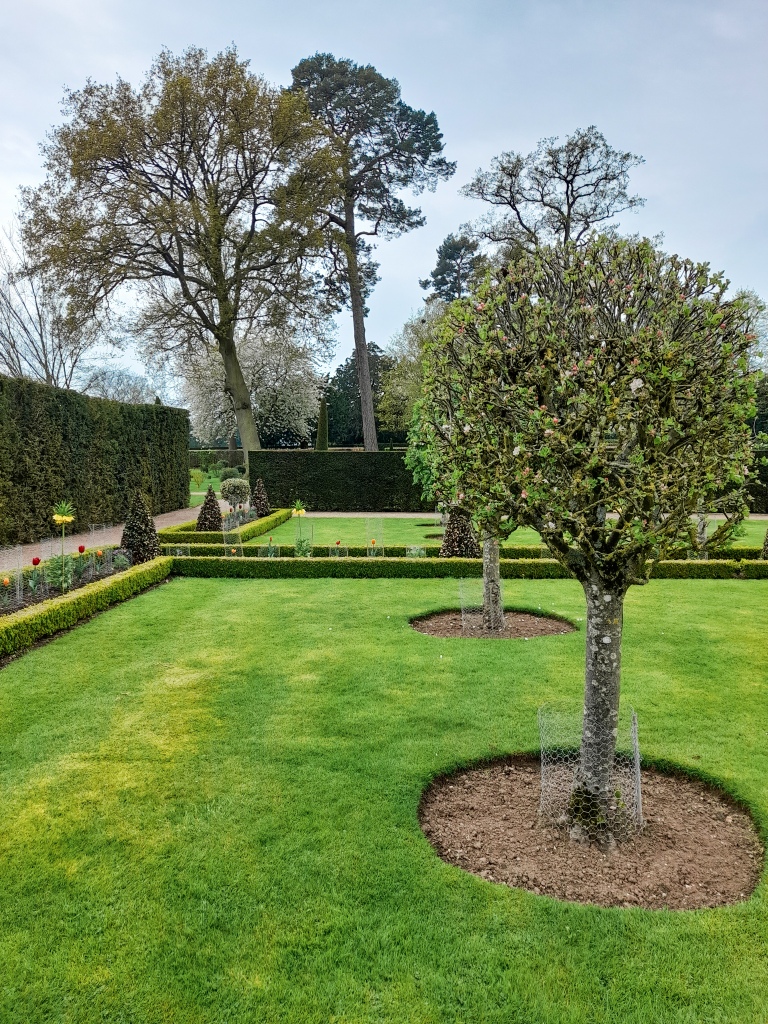
After a good dose of English history, it was time to head home after a glorious day out. I had such fun visiting these homes with my Mum and learning about their very interesting residents. I hope you enjoyed following along – stay safe and happy travelling!

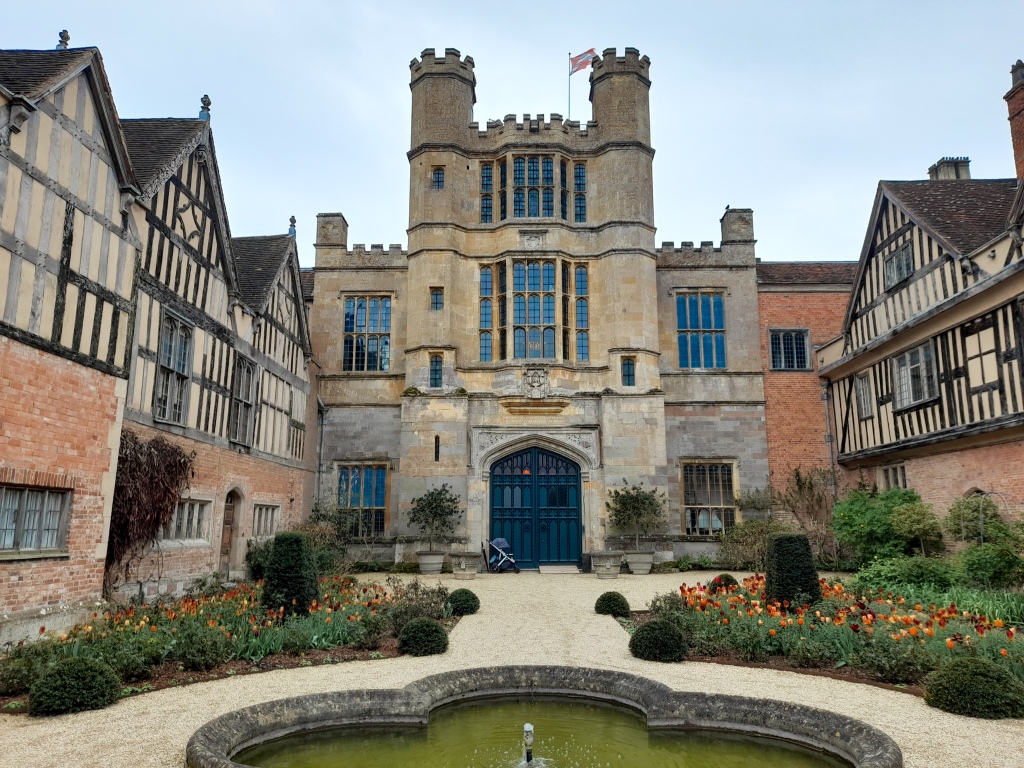
Leave a comment